Philodendron Birkin Problems: 5 Common Mistakes to Avoid
If your Philodendron Birkin is getting brown or yellow spots, losing its variegation, or looking weak and unstable, you’re not alone. These beautiful plants are known for their white-striped leaves and elegant appearance – but they can be surprisingly sensitive.
In this article, I’ll walk you through the five most common Philodendron Birkin problems, why they happen, and how to fix them. All of these come from my personal experience growing Birkin for over three years. If you want to know how to care for this plant read my full article here. You’ll also find my video guide embedded below for visual reference:
Click here to watch my video on YouTube
Mistake #1: Spots on the Leaves
Spots on the leaves are among the most common Philodendron Birkin problems – and also the most confusing.
They can appear as tiny yellow dots, brown circles, or reddish flecks, each pointing to a different cause.
To fix them effectively, you first need to understand what’s happening beneath the surface.
1. Tiny Yellow Spots – Pest Damage

Clusters of tiny yellow specks on new leaves are one of the most common Philodendron Birkin problems, often signaling a pest infestation – typically from spider mites or thrips. These pests pierce the leaf surface and suck out its juices, leaving behind pale dots, sticky residue, and weak, discolored foliage.
If you notice webbing, sticky residue, or yellowing leaves, act quickly; these insects spread fast.
Flip the leaf over and inspect the undersides closely; that’s where they hide and feed.
👉 Tip: Isolate the affected Birkin from your other plants immediately. Wipe each leaf gently with a damp cloth to remove dust and webs, then spray with neem oil or insecticidal soap once a week. Continue treatment until no new signs appear.
2. Brown or Yellow Circles with a Halo – Fungal or Bacterial Infection

If the spots look more like perfectly round patches surrounded by a yellow halo, your Birkin might have a fungal or bacterial leaf infection.
This usually happens when the leaves stay wet for too long – from frequent misting, watering from above, or poor air circulation.
Over time, the affected areas can darken, soften, and even turn mushy. Warm, humid conditions accelerate the spread, making this one of the trickier Philodendron Birkin problems to manage without prompt action.
👉 Tip: Remove all heavily damaged leaves and dispose of them. Improve airflow by spacing your plants and avoiding misting. Always water at the base, keeping the leaves dry.
If the infection continues, treat with a copper-based fungicide and keep the plant isolated until the problem stops.
3. Red-Brown Flecks or Shiny Dots – Extrafloral Nectaries & NFS
Not every mark on a Birkin leaf is a problem. Two harmless features often cause confusion – extrafloral nectaries and Necrotic Flecking Syndrome (NFS). Understanding the difference helps avoid unnecessary treatment.
What are Extrafloral nectaries (EFN)?

Extrafloral nectaries are tiny glands that secrete a sugary liquid.
They often appear as shiny, sticky dots along the leaf veins or midrib. Many owners mistake them for fungal spots, but they’re actually a natural defense mechanism; in nature, the nectar attracts beneficial insects that protect the plant.
👉 Tip: If your Philodendron Birkin looks healthy overall, just wipe the sticky spots gently. No treatment is needed – these dots are completely normal.
What is Necrotic Flecking Syndrome (NFS)?

NFS (Necrotic Flecking Syndrome) looks different. It appears as tiny reddish-brown specks within the leaf tissue. This isn’t a disease or infection; it’s a genetic quirk linked to Birkin’s tissue-culture origin. It doesn’t spread and doesn’t harm the plant.
👉 Tip: Don’t worry about NFS. Keep caring for your Birkin normally – new leaves often come in spotless-
4. Brown Spots from Overwatering or Tap Water

If you notice brown patches forming after watering, the cause is often a combination of excess moisture and harsh tap water – one of the more overlooked Philodendron Birkin problems.
Tap water may contain chlorine, fluoride, or mineral salts that can irritate the sensitive leaves.
When sprayed directly, these chemicals can burn the leaf surface, leaving dry, dark scars.
👉 Tip: Never shower or mist your Philodendron Birkin – especially not with tap water.
Misting doesn’t meaningfully increase humidity; it only keeps the leaf surface wet for a short time, which can encourage fungus or water burns. Instead, group your plants together or use a humidifier to create a stable, healthy environment and prevent these Philodendron Birkin problems from reappearing.
Mistake #2: Overwatering and Water Quality
Overwatering is one of the most destructive Philodendron Birkin problems.
This plant dislikes sitting in soggy soil – its roots need air as much as they need water. When the soil stays wet, roots begin to rot, leading to yellow leaves, mushy stems, and an unpleasant smell.
One of the most common mistakes is following a strict watering schedule – for example, “once per week” without checking the soil first. Water needs depend on light, pot size, and temperature.
👉 Tip: Before watering, stick your finger about two inches into the soil. If it feels dry, it’s time to water.
If it’s still damp, wait a few days. It’s always easier to revive a slightly dry Birkin than one suffering from root rot.
Tap Water as Philodendron Birkin Problems
Now let’s talk about tap water sensitivity, another often-overlooked cause of Philodendron Birkin problems. Tap water with chemicals can build up in the soil and cause leaf burn, weak growth, or spots.
From my own experience, the difference was striking. When I used tap water, my Birkin developed dull leaves and brown marks. After switching to filtered water, it began growing stronger, glossier leaves with vibrant color and no damage.
👉 Tip: Use filtered, rain, or distilled water whenever possible. If you must use tap water, fill a watering can and let it sit overnight to allow chlorine to evaporate.
Clean water and proper soil moisture are the foundation of a healthy plant – and they prevent many common Philodendron Birkin problems before they even start.
Mistake #3: Reverting and Losing Variegation
One of the most puzzling Philodendron Birkin problems is when it starts losing its white variegation.
This process, known as reverting, can make the plant look completely different – sometimes even turning it into another Philodendron variety.
A year ago, one of my own Birkins began to revert.
It had two stems in the same pot: one kept its stunning white-striped leaves, and the other produced only green ones. Since both grew under identical conditions, I realized it wasn’t about care – it was genetic.
Over time, that green stem transformed into what looks like a Rojo Congo, while the other stayed beautifully variegated.
It was fascinating to watch, proof that even within the same plant, genetics can behave unpredictably.
I also propagated three cuttings from another Birkin. One died early, one grew into a bright variegated plant, and the third stayed fully green from the start. This unpredictability is simply part of Birkin’s nature.
👉 Tip: If one stem starts producing only green leaves, you can prune it back to encourage new variegated growth – though it’s not guaranteed. Provide bright, indirect light and stable conditions to maintain variegation as long as possible. But if your Birkin changes – embrace it. Sometimes the surprises are beautiful too.I know this falls under Philodendron Birkin problems, but it’s not really a health issue, it’s more of a genetic or aesthetic change.

Mistake #4: Improper Light
Light plays a major role in both the health and variegation of your plant. Too little light often leads to smaller leaves and leggy growth – one of the most common Philodendron Birkin problems. On the other hand, too much direct sunlight can scorch the delicate white parts, leaving brown, crispy edges that won’t recover.
I keep my large Birkin a few feet from an east-facing window, where it gets bright morning light. My smaller one sits near a west-south window, shaded by other plants, which softens the afternoon sun. Both thrive in bright, indirect light.
👉 Tip: Place your Birkin a few feet from a bright window. East-facing exposure is ideal, or use a sheer curtain to filter intense rays. If your space is darker, consider adding a grow light to maintain its variegation and prevent future Philodendron Birkin problems related to insufficient light.
When leaves start stretching or new ones come out smaller, it’s your sign to move the plant to a brighter spot.
Mistake #5: Not Providing Support
As your Philodendron Birkin matures, its stems become taller and heavier. Without support, it may start leaning or collapsing under its own weight. This not only affects its appearance but also slows down healthy growth.
All of my mature Birkins have stakes attached for stability. With proper support, they stand upright, grow faster, and produce larger leaves.
👉 Tip: Add a simple bamboo stake or moss pole to help your Birkin grow vertically. This small adjustment takes little effort but makes a huge difference in long-term health, symmetry, and stability and it also helps prevent future Philodendron Birkin problems related to weak or leaning stems.d symmetry.
Watch the Full Video
To see these Philodendron Birkin problems in real life – including visual examples of leaf spots, reverting, and light stress – watch my detailed YouTube video below 👇
Final Thoughts
Philodendron Birkin problems can feel discouraging, but the good news is that most are easy to fix once you understand their cause.
Avoid overwatering, use clean filtered water, and provide bright, indirect light; these simple habits prevent the majority of issues Birkin owners face. And if your plant starts changing in color or shape, don’t panic. A bit of unpredictability is part of what makes this hybrid so fascinating.
There are still more Philodendron Birkin problems to discuss, such as leaf curling, drooping stems, and soil imbalances and I’ll cover those in the second part of this series soon.
Until then, I hope this guide helps you keep your Philodendron Birkin strong, healthy, and beautifully variegated.
🌿 Related Articles:
How to Care for Philodendron Birkin: Complete Guide from Real Experience
Philodendron Birkin Bigger Leaves: 3 Easy Ways to Boost Leaf Size Naturally
Philodendron Birkin Propagation: Multiply Your Birkin – Full Steps Guide
Soil-Free Aroid Potting Mix: The Best DIY Recipe for Healthy Aroid Plants
Explore More Music for Your Plants & Stay Connected!
Check out my Playlist: Music for Plants and find the perfect tunes to help your plants and yourself thrive.
Don’t forget to visit my YouTube Channel Plant House & Garden and subscribe — your support means the world to me!
Connect with me on social media for more plant care tips and music updates: Instagram | Facebook | X | Pinterest | Reddit | TikTok
Love plants? Love music? Don’t miss out on new updates — hit subscribe and follow now to keep your plants happy and your space vibrant!

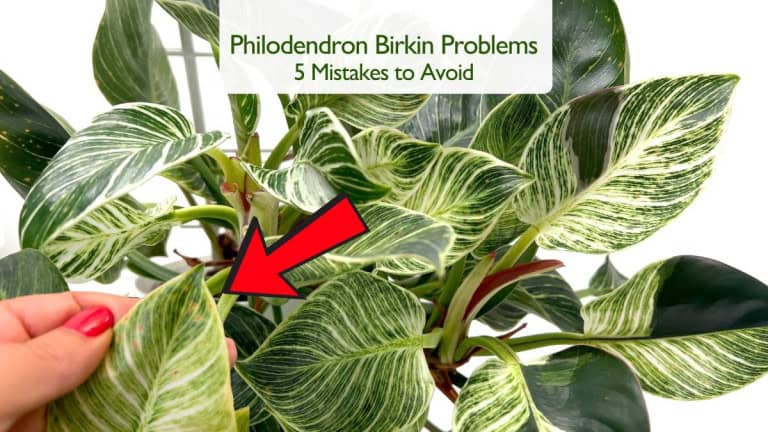
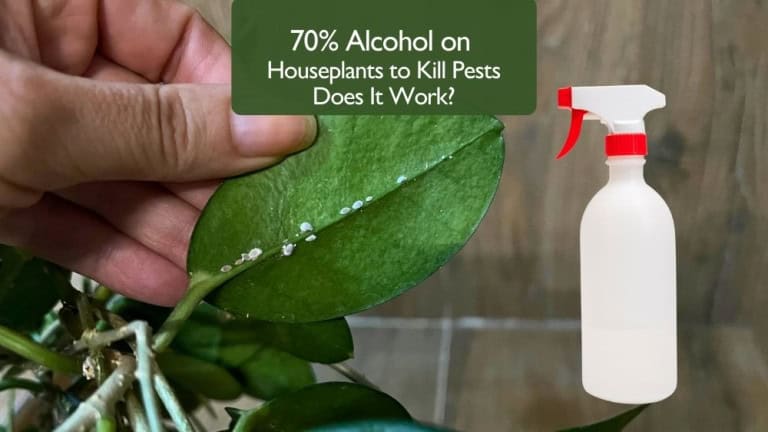

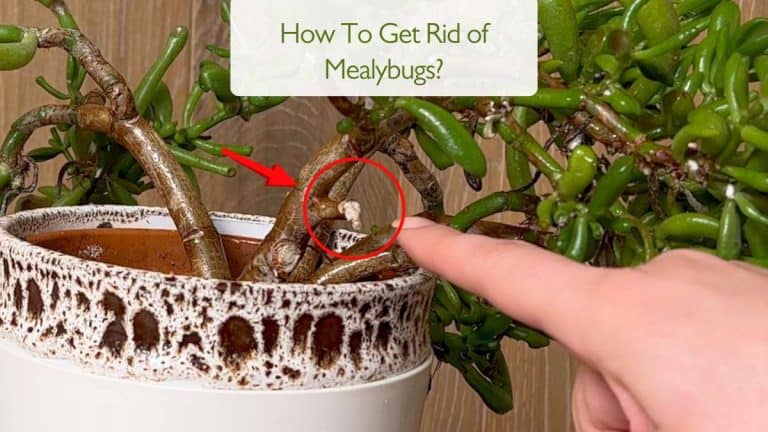
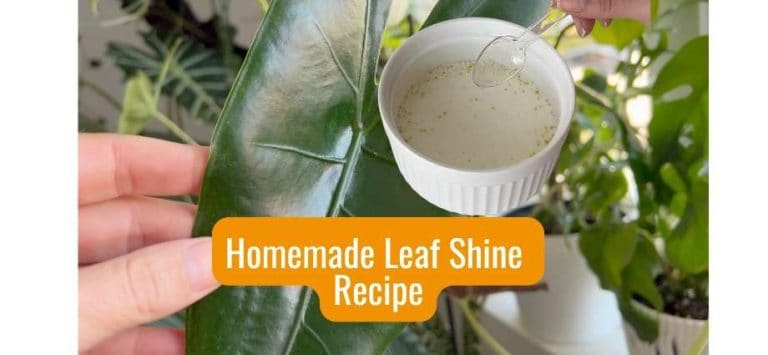

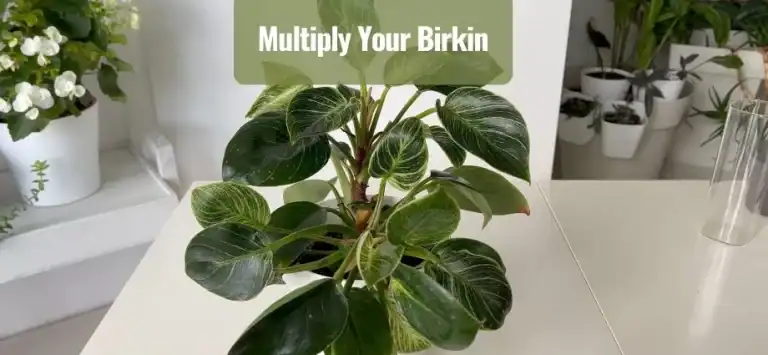
One Comment